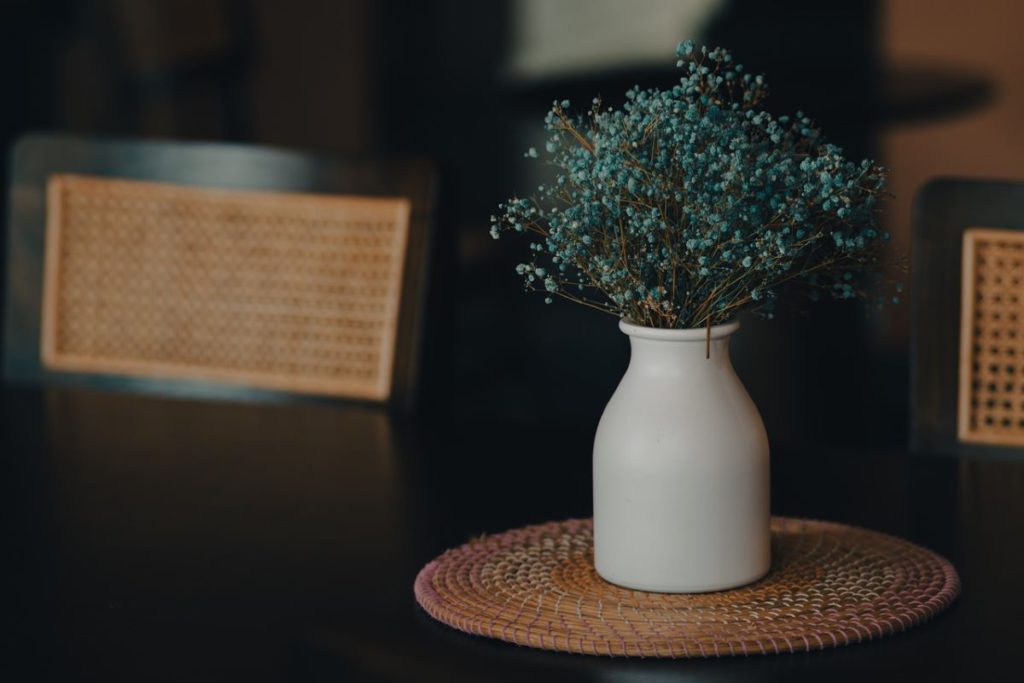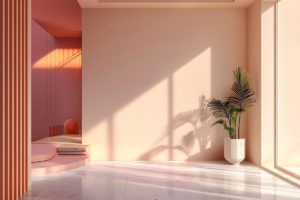
Creating a modern and functional indoor space begins with thoughtful design choices. Whether you’re installing an automatic sliding door to enhance entryway convenience or upgrading to suspended ceiling tiles for a sleek, clean look, these elements can instantly uplift a room’s appeal. While often overlooked, features like these combine form and function, adding polish and performance to interiors. Modernisation doesn’t always mean starting from scratch—it often means choosing the right updates that bring your space into the now.
Today, the idea of modern indoor design leans heavily toward simplicity, functionality, and comfort. Homeowners and commercial space owners alike are moving away from cluttered layouts and dated aesthetics in favour of clean lines, open floor plans, and curated minimalism. From contemporary furniture to high-tech integrations, modernising indoor spaces is more accessible and creative than ever before.
Choosing a Clean, Unified Palette
 Colour plays a major role in modern interior styling. Neutral tones like whites, greys, and beiges offer a timeless backdrop and allow other elements like lighting and texture to take centre stage. For those seeking a bit more flair, muted blues or earthy greens can add character without overwhelming the senses. The goal is cohesion—a seamless flow from one space to another that feels both spacious and inviting.
Colour plays a major role in modern interior styling. Neutral tones like whites, greys, and beiges offer a timeless backdrop and allow other elements like lighting and texture to take centre stage. For those seeking a bit more flair, muted blues or earthy greens can add character without overwhelming the senses. The goal is cohesion—a seamless flow from one space to another that feels both spacious and inviting.
Smart Layouts for Smarter Living
Open-plan designs are a hallmark of modern interiors. Knocking down unnecessary walls or using visual dividers like rugs and furniture groupings can help create a fluid, functional layout. This approach improves traffic flow and enhances natural light, making rooms feel larger and more dynamic. In smaller homes or apartments, multifunctional furniture and clever storage solutions maximise space without compromising on style.
Integrating Technology Thoughtfully
Incorporating smart technology is a key part of modernising any indoor area. Tech upgrades like smart thermostats, advanced lighting, and automated blinds enhance everyday comfort while improving energy efficiency. Importantly, these features should integrate naturally into the design rather than feel like add-ons. Wall-mounted tablets or sleek control panels, for example, can complement modern aesthetics while serving a practical purpose.
Textures That Speak Volumes
While minimalism often implies simplicity, texture adds a tactile richness that prevents spaces from feeling flat or sterile. Think natural materials like wood, stone, or leather mixed with soft furnishings like wool throws or linen cushions. In kitchens and bathrooms, matte finishes on cabinets or tiles can create subtle visual interest, while polished concrete or wooden flooring anchors the overall look.
Lighting That Sets the Mood
Lighting is one of the most transformative elements in modern design. The shift from purely functional fixtures to those that also serve as focal points has never been more pronounced. Pendant lights, recessed lighting, and LED strips are all popular choices that combine utility with aesthetic appeal. Layered lighting—including task, ambient, and accent lighting—ensures that spaces are versatile for both work and relaxation.
Sustainable and Stylish
Modern indoor spaces increasingly reflect a commitment to sustainability. Using eco-friendly materials, energy-efficient appliances, and low-VOC paints contributes not only to a healthier environment but also to a more thoughtful, long-lasting design. Reclaimed wood, recycled metal, and natural fabrics can be both trendy and timeless, supporting a style that respects the planet as much as it pleases the eye.
Art and Personalisation
Injecting personality into a modern space is all about curated choices. Art pieces, unique decor items, and even books can reflect individual tastes without creating visual noise. Rather than crowding shelves or walls, focus on statement pieces that look great and inspire conversation. Even indoor plants, with their sculptural shapes and air-purifying benefits, offer a stylish way to personalise a room.
Zoning for Functionality
With more people working and studying from home, creating distinct zones within an open-plan space has become crucial. Sliding partitions, varied lighting, or even differences in flooring materials can help delineate areas for work, rest, and socialising. This zoned approach allows you to maintain the openness of modern design while ensuring each area serves a clear purpose.
Modernising with Confidence
Ultimately, modernising your indoor space with style means aligning design with lifestyle. It’s about making intentional updates that improve functionality, reflect personal taste, and stand the test of time. Whether you’re doing a full renovation or making incremental changes, each choice should contribute to a unified vision that blends aesthetics and practicality.
By focusing on simplicity, technology, sustainability, and personalisation, modern indoor spaces can offer more than just visual appeal—they can transform the way we live and interact with our environments. From elegant surfaces to innovative layouts, the journey toward a modernised interior is one of creativity, comfort, and conscious living.


